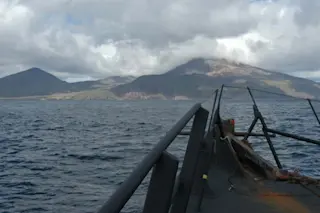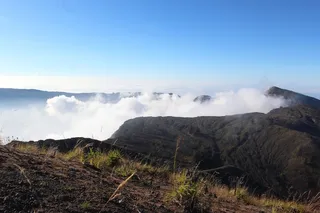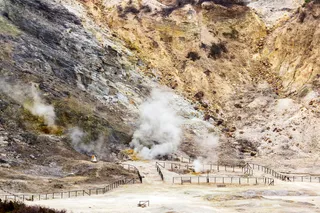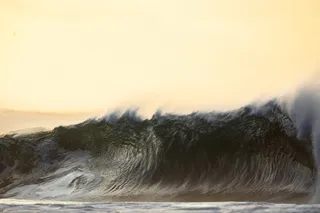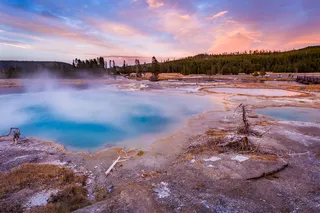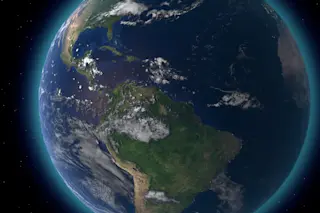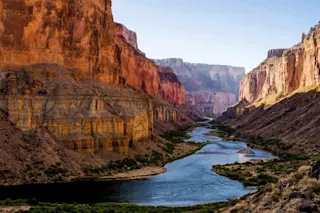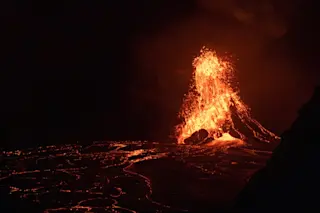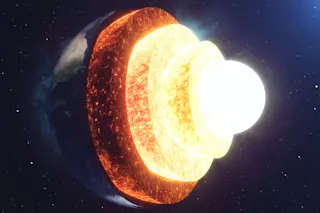A view of Little Sitkin in Alaska as seen from a boat on September 28, 2005. Image by C.A. Neal courtesy of AVO/USGS. This week has seen three lesser-known volcanoes move to a higher alert status after increasing restlessness. Little Sitkin This morning, the Alaska Volcano Observatory moved Little Sitkin to Yellow Alert status after a sharp increase in seismicity started yesterday and continued through the night. To their knowledge, nothing has occurred at Little Sitkin beyond this increase in earthquakes, but apparently this activity was enough for them to raise the alert. Like many Alaska volcanoes, Little Sitkin is a stratovolcano sitting within an older caldera system that has not erupted in over 180 years, although fumarolic activity is common in the caldera and on Little Sitkin itself. The volcano is remote - way out in the Aleutian Islands - so the main hazard is to the air traffic that passes over the island chain. ReclusEruptions reader GuillermoChile has done an excellent job of keeping us informed of the rumbling noticed at Reclus in Chile. The volcano is in southern Chile, between Aguilera and Monte Burney in Patagonia and it quite a fascinating feature. It is the likely source of a number of ash layers found across Patagonia, so significant explosive eruptions have come from the Reclus, however the volcano was only recognized as such in 1987. The volcano has been identified as the source of at least 3 historical eruptions, all fairly small at VEI 1-2. Over the summer, earthquakes began to be felt in towns in the region of the volcano (causing quite an increase in anxiety over the source) and a potential for new activity from the Reclus has prompted geologists to visit the volcano later this spring (southern hemisphere). Interestingly, one article mentions that an overflight of the volcano in 2008 spotted cracks on the glaciers that cover the volcano along with traces of ash. However, the direct connection between the seismicity in Patagonia and Reclus is still tenuous, so further observations of the remote volcano will need to be done. Tangkubanparahu One other volcano with which I was not familiar that has seen its alert level go up was Tangkubanparahu in Indonesia. Admittedly, I added it to this list because the volcano has a great name, but Tangkubanparahu has seen an increase in seismicity over the last week. This increase prompted CVGHM to raise the volcano's alert status to level 2 (of 4) and declare a 1.5 km exclusion zone around the main crater. Tangkubanparahu has seen quite a few small (VEI 1), mainly phreatic explosions from its summit region over the past 200 years, however the last known eruption from the volcano was almost 30 years ago in 1983. The volcano is only ~18 km from Bandung, so as with most Indonesian volcanoes, if more significant activity begins then we might expect evacuations of people living near Tangkubanparahu. This was one of the many volcanic tidbits in this week's GVP Weekly Volcanic Activity Report.
Three Rumbling Volcanoes: Little Sitkin, Reclus and Tangkubanparahu
Little Sitkin volcano alert status raised due to significant seismic activity. Stay informed on its developments and safety measures.
More on Discover
Stay Curious
SubscribeTo The Magazine
Save up to 40% off the cover price when you subscribe to Discover magazine.
Subscribe

